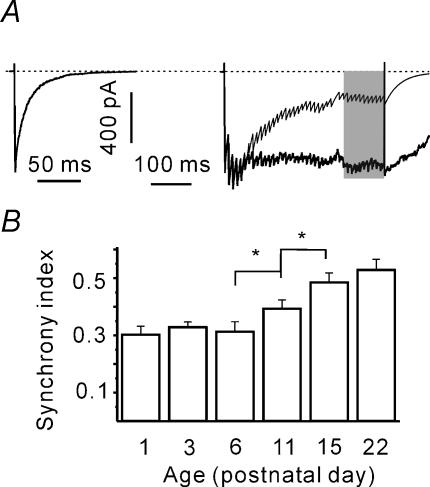Figure 7. Age-dependent increase of synchronous release during the steady-state phase.
A, calculation of synchronous charge transfer. eIPSCs during trains were supposed to decay monoexponentially. Average single eIPSC used to calculate the decay time constant of stimulus-locked events (left). Individual eIPSC amplitudes were measured (see Figure 1D). Train-induced eIPSC was modelled (right, thin line) and integrated giving a synchronous charge transfer during the train. The difference between measured and calculated eIPSC charges provides an estimate of asynchronous charge transfer. B, the synchrony index increases with age. The synchrony index was defined as the ratio of synchronous to asynchronous charge transfer and was calculated over the last 10 pulses (shaded area in A).

